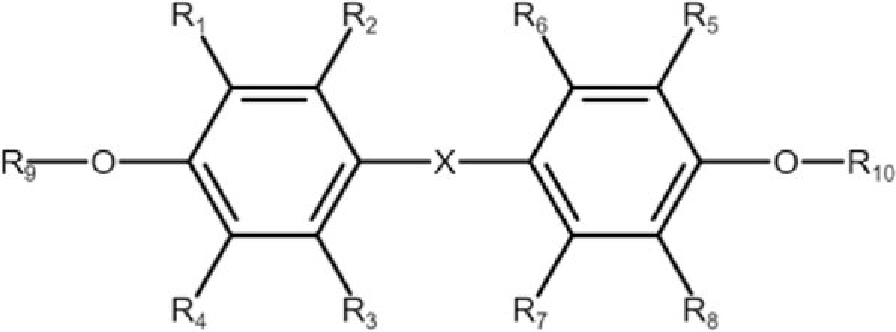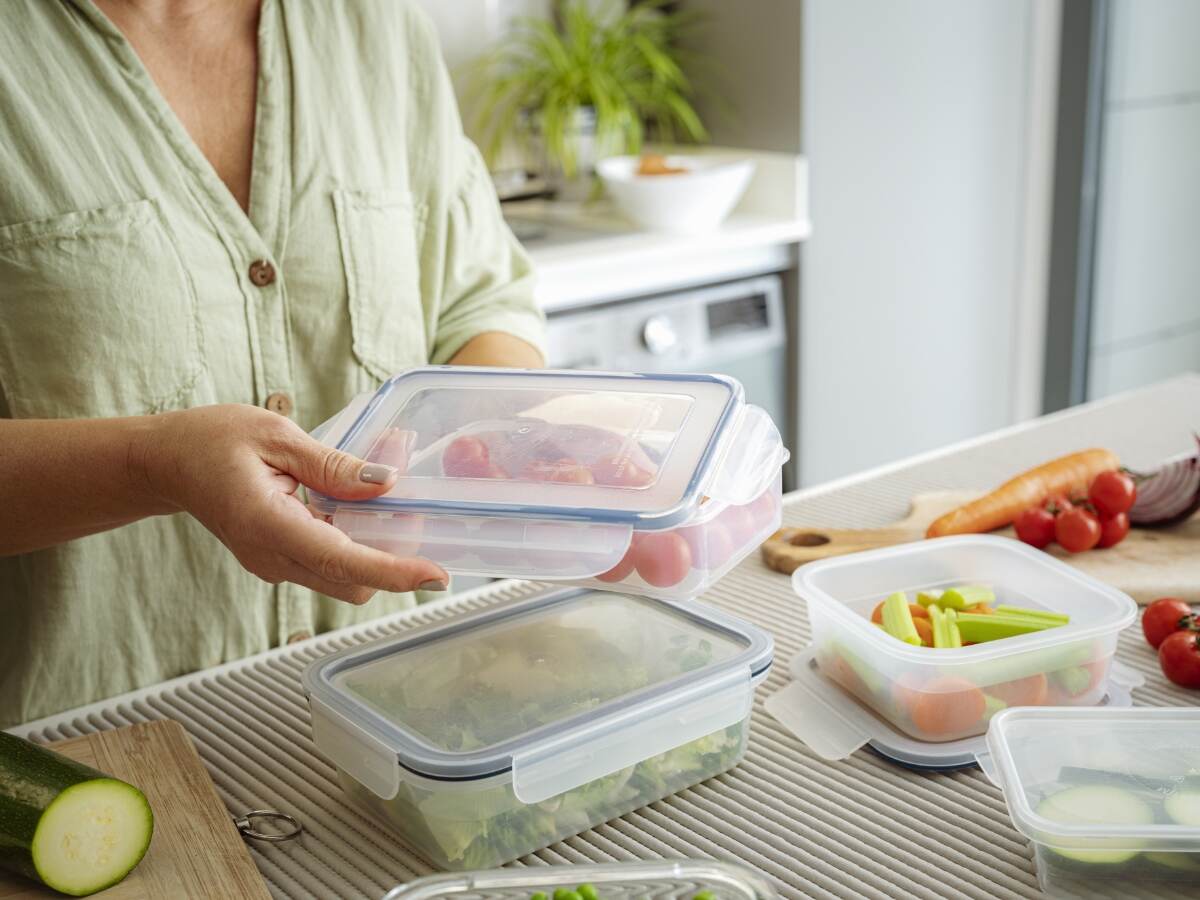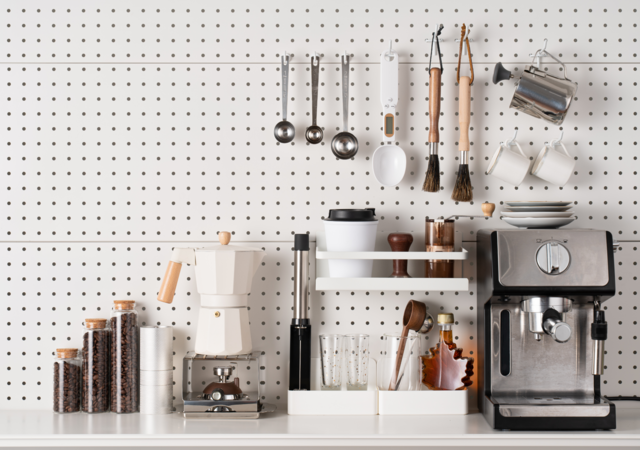
European ban on bisphenol A
Europe has banned bisphenol A (BPA), a substance used in food contact materials for over a century.
On Dec.19, 2024, the European Commission adopted Commission Regulation (EU) 2024/3190, which bans the use of BPA in various products intended to contain food and beverages. The approval took place with the full agreement of the European Parliament and the Council. This is a significant step related to this substance that, over the years, has consistently been the topic of discussions and debates, giving rise to frequent differences of opinion among experts. Classified as toxic to reproduction and due to its endocrine-disrupting properties, BPA was officially identified as a substance of very high concern (SVHC) in 2016, and the European Food Safety Authority (EFSA) and other institutions around the world have continuously assessed its possible effects on the human body.
In 2023, EFSA stated that “BPA in food poses a health risk, constituting a cause for concern for consumers of all age groups” and lowered the tolerable daily intake by 20,000 times, down to just 0.2 nanograms per kilogram (μg/kg) of body weight.
The new Regulation 2024/3190 also establishes specifications for other bisphenols and derivatives with harmonized classification for specific hazardous properties in certain materials and articles intended to come into contact with foodstuffs.
Where BPA has been used historically
The substance 4,4’-isopropylidenediphenol, Chemical Abstracts Service (CAS) Number 80-05-7, more commonly known as bisphenol A (BPA), has long been used in the production of materials and articles intended to come into contact with foodstuffs: paints and coatings on packaging, large-scale food storage and transportation equipment, epoxy resins in cans, metal lids for glass jars and bottles, etc. Due to its ability to migrate into food from the material or object with which the food is in contact, this substance can expose consumers to BPA. The substance was banned for the first time in Europe in 2011 in the production of plastic baby bottles; the ban was subsequently extended in 2018 to packaging made to contain food intended for infants and children under 3 years of age.
What the new Commission Regulation (EU) 2024/3190 states
Under Commission Regulation (EU) 2024/3190, the use of BPA and its salts, as well as other hazardous bisphenols and hazardous bisphenol derivatives, is prohibited in the manufacture of the following food contact materials:
- Plastics
- Varnishes and coatings
- Printing inks
- Adhesives
- Ion-exchange resins
- Silicones
- Rubbers
Certain exemptions have been provided and established considering the extent to which suitable alternatives currently exist while taking into account any potential exposure and any resulting health risks from such applications. Exceptions specifically concern polysulfone filtration membrane assemblies and epoxy resins to be applied to self-supporting food contact materials or articles with a capacity greater than 1,000 liters.
The use of other hazardous bisphenols and bisphenol derivatives (those listed in Annex VI, Part 3, of Regulation (EC) No. 1272/2008 as Category 1A or 1B, carcinogenic, mutagenic and/or toxic to reproduction; or Category 1, endocrine-disrupting for human health) is prohibited in the manufacture of food contact materials and articles unless explicitly authorized. For this point, Article 6 of the Regulation requires EFSA to publish guidelines before Jan. 20, 2027, regarding the information needed in a petition to seek authorization for other hazardous bisphenols and derivatives.
For food contact articles manufactured using other bisphenols or bisphenol derivatives, a limit on the residual BPA content is set; the meaning of “bisphenol derivative” is clearly defined in the legislation as a substance indicated by the general structure as shown below.
To verify that a food contact material or object does not contain:
- BPA
- Another hazardous bisphenol
- A hazardous derivative of a bisphenol
and does not release such substances into foodstuffs above the specified detection limit or the specific migration limit, the law stipulates the use of a method with a detection limit of 1 μg/kg.
Without a suitable method at the European Union (EU) level for this specific purpose, the EU Reference Laboratory for Food Contact Materials will complete the development of this method within a date agreed with the European Commission.
Transitional periods to comply with the EU bisphenol A regulation
Although the Regulation entered into force on Jan. 20, 2025, transitional periods are permitted.
For single-use final food contact articles:
- Single-use final food contact articles manufactured using BPA and complying with the rules as applicable before the date of entry into force of this Regulation that do not comply with the rules in this Regulation may be placed on the market until July 20, 2026.
- By way of derogation from Paragraph 1, the following single-use final food contact articles complying with the rules as applicable before the date of entry into force of this Regulation that do not comply with the rules in this Regulation may be placed on the market until Jan. 20, 2028.
- Single-use final food contact articles intended for the preservation of the following foodstuffs:
- Fruits or vegetables, excluding products defined in Annex I to Council Directive 2001/112/EC
- Fishery products as defined by Regulation (EC) No. 853/2004 of the European Parliament and the Council
- Single-use final food contact articles on which a varnish or coating manufactured using BPA has only been applied to the exterior metal surface.
- Single-use final food contact articles intended for the preservation of the following foodstuffs:
- Single-use final food contact articles placed on the market in accordance with Paragraphs 1 and 2 may be filled with food and sealed during the 12 months following the expiry of the applicable transitional period. The resulting packaged food may be placed on the market until stocks are exhausted.
For repeat-use final food contact articles:
- Repeat-use final food contact articles manufactured using BPA and complying with the rules as applicable before the date of entry into force of this Regulation, but that do not comply with the new rules, may be first placed on the market until July 20, 2026.
- By way of derogation from Paragraph 1, repeat-use final food contact articles used as professional food production equipment and complying with the rules as applicable before the date of entry into force of this Regulation, but that do not comply with the new rules, may be first placed on the market until Jan. 20, 2028.
Connect with UL Solutions to bring compliant food contact materials on the EU market
UL Solutions experts help retailers stay informed of regulatory updates for food contact materials and are available for support and further clarification. Contact us today to start or optimize your compliance strategy.
Get connected with our sales team
Thanks for your interest in our products and services. Let's collect some information so we can connect you with the right person.




